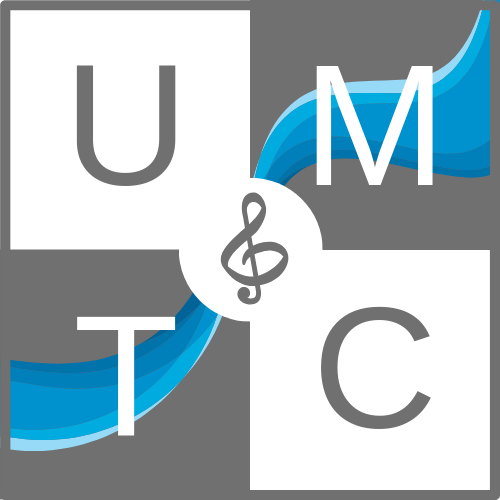Blog post written by Katie Pistilli.
When you think of music therapy, what is the first instrument that comes to mind? For most, it is probably the guitar. Versatile, portable, and calming, guitars are a music therapist’s go-to instrument. Some therapists might have access to a piano or large drums. Beyond these basics, music therapists use a variety of instruments you may or may not have heard of. These instruments aren’t only fun and different, but they also aim to achieve a range of therapeutic goals.
Cabasa
Origin: Africa
Also known as: Afuche
This handled instrument is a tactile treat for kids. The metal beads make a “ch-ch” sound when rolled on the players hand. During music therapy, the cabasa is used to help calm a child when they are overwhelmed. Rolling the instrument down arms, legs, or back has a calming effect on children. When the child is ready, they can hold the cabasa and play it themselves on different body parts. For young children working on identifying body parts such as hands, feet, or arm, the cabasa is a perfect instrument.
Clatterpillar
Origin: Japan
Also known as: Kokiriko; Binzasara
The clatterpillar is known for its “clickity-clack” sound. Also known as a kokiriko, the clatterpillar got its name because it resembles a caterpillar crawling along the ground. This instrument is held in two hands and is somewhat challenging to play. Children playing with the clatterpillar are often working on a skill called bilateral coordination, which is the ability to do a different movement with each hand. Use your imagination, does the clatterpillar sound like a train coming down the tracks?
Step Bells
Origin: East Asia
Also known as: Xylophone
Step bells are a staple instrument for every music therapist working with children. This instrument is a variation upon the xylophone and covers an 8-note scale. While holding a mallet and playing the notes, children can be creative with this instrument and pretend they are climbing a mountain, sledding down a hill, or listening to the sounds of water falling. Amidst these creative songs, the step bells encourage children to work on fine motor and spacial skills. Not only do they have to hold a mallet in their hands, but to activate the bells they have to be very precise about where they aim.
Guiro
Origin: Latin America
The guiro is a common instrument heard in Puerto Rican and Cuban music. Held in one hand, the other hand can scrape or tap the guiro to make a variety of rhythms and varied sounds. Because it can be more than one sound (scraping or tapping), the guiro is a great instrument to use when practicing following directions. For example, during one part of a song a child may be prompted to scrape the guiro, while during another tap it. Don’t forget to use your imagination! Some children will say the guiro looks like a space ship or a fish. What do you think?
Kalimba
Origin: Africa; Zimbabwe
Also known as: Mbira; thumb piano
The Kalimba is an incredibly unique instrument with sounds that are especially therapeutic. Held with both hands similar to a smartphone, the player uses their thumbs to pull down on individual keys. The resulting sound is almost magical with notes blending together in lovely, ringing harmony. It can be a motivating instrument for children to play while they work on fine motor skills with their thumbs. Holding it in their hands, the player can also feel a deep vibration from the wood that can add to the relaxing nature of the instrument. Be careful, these soothing sounds may just put you to sleep!
Originating from across the globe, these instruments make a tremendous impact in music therapy. Children are highly motivated by instruments that make unique sounds and look different than what they are used to hearing. Next time you see a music therapist in transit, see if they have any of these instruments in their bag, they just might!
Becoming MT-BCs: Presented by Casey Kunzer, MT-BC
This blog was written by Casey Kunzer, MT-BC On March 1st myself and my colleague Lauren had the opportunity to attend and present at SUNY Fredonia’s Mini Music Therapy Conference. Our presentation, “Becoming MT-BCs,” aimed to educate and empower student music...
World Music Therapy Week 2024
This blog was written by Robin Neary and Amy Thomas. Happy World Music Therapy week! It brings us joy to know that all around the world music therapists are coming together to celebrate and educate our communities on our profession. This year, Upstate Music Therapy...
Current Events: Marcus Whitman Community Partnership Event
This blog post was written by Robin Neary, MT-BC This month, Upstate Music Therapy Center employees Robin Neary, MT-BC, Jamie Swieringa, MT-BC, and Casey Kunzer, MT had the pleasure of attending Marcus Whitman School District’s Community Partnership Event. Families,...




